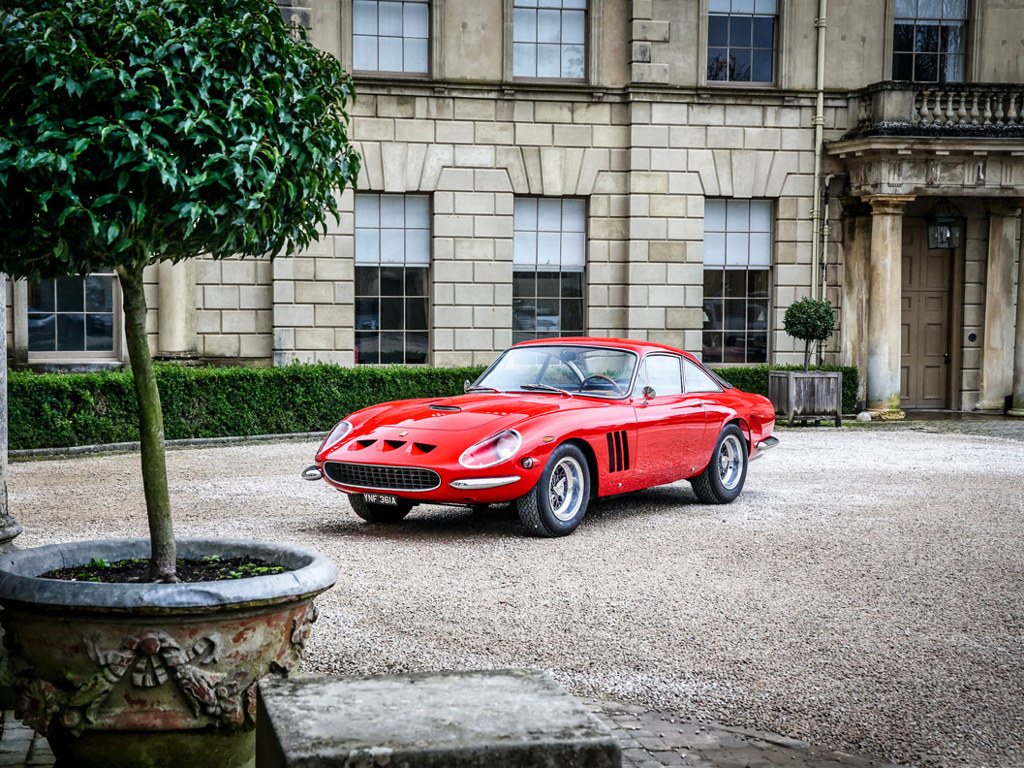This story opens as a tragedy in 1938, with a freak accident just outside of Bologna, Italy. Two amateurs, driving a Lancia Aprilia in an otherwise serious competition, flipped their family car over a barrier and killed ten spectators, effectively ending the Mille Miglia in Italy for one year.
It was seemingly a time of change for many traditions. Vittorio Jano, the preeminent racing engineer for Alfa Romeo, had an argument with the brand’s general manager, Ugo Gobbato, and departed at the end of the previous year. Ironically, he wound up at Lancia, making passenger cars like the Aprilia. Enzo Ferrari, then running Alfa Romeo’s motorsports efforts, was fed up with bureaucracy at the firm and made his mind up to depart Alfa Corse in 1939.
As the old stalwarts shifted, starting grids across Europe became open to revolutionary newcomers. In the 2.0-litre class, there was no team more poised for success than BMW, with their 328 Roadster having racked up more than 100 class wins at events ranging from local hillclimbs in Austria and France to the annual Eifelrennen at the fearsome Nürburgring in 1936.
In the fateful Mille Miglia of 1938, four BMW 328 Roadsters were entered—three by the factory and one by the brand’s top importer in Britain, Frazer Nash. All four entries survived the crash—two even cracked the top ten—with the British effort finishing eighth overall and first in class. Even against the top Italian talent, the upstart team from Munich showed their potential.
For the following year, though competitive racing was banned throughout Italy, an enticing alternative was planned in the Italian territory of Libya: A 1,550-kilometer sprint between Tobruk and Tripoli. Dubbed the “Mille Miglia Africana,” this route skirted the Mediterranean Sea and likely passed through Benghazi. Even today, it would take over 16 hours to complete.
Respecting the serious challenge of the race, BMW selected three 328 Roadsters off the production line in late 1938 for additional preparation. Part of the success of the ‘Special Competition’ Roadster was down to its futuristic construction, starting with a tube-frame chassis overlaid with lightweight aluminum bodywork. Plexiglas wind wings and a covered passenger compartment denoted the driver-focused setup. Upgraded Solex 30 IF carburetors, enlarged fuel tanks, and a lightweight rear axle rounded out the motorsport-grade equipment.
Powering every 328 was an advanced six-cylinder engine fitted with semi-hemispherical combustion chambers; a single camshaft operated both banks with help from three sets of pushrods. For the ‘Special Competition’ roadster, engine compression was increased. Instead of the estimated 79 horsepower of a standard 328, the race-tuned version produced 135. Between
BMW’s iconic kidney-shaped grilles, a third headlight was added for evening illumination.
The three ‘Special Competition’ cars were shipped to Libya in March 1939. Lining up against the plucky BMW team for what The Royal Automobile Club of Italy officially called the Corsa Sulla Litoranea Libica was what then constituted the world’s best: Works teams from Alfa Romeo, Lancia, and Fiat. Co-piloting this chassis, number 85335, were Ralph Roese and HSH Prince Max Schaumburg-Lippe, who was part of a royal bloodline between Germany and Denmark. Their chief competition was Ercole Boratto, chauffeur to dictator Benito Mussolini, reportedly, “an excellent driver, who knew his own limitations and never took chances.”
As the competitors rumbled into Tripoli that evening, Boratto indeed claimed first place in a fearsome Alfa Romeo Tipo 256 with its 2.5-litre engine derived from a 6C Spider Super Sport. And yet, placing a very respectable fifth place overall—and second in class—was chassis 85335. HSH Schaumburg-Lippe significantly improved his performance over the previous year’s Mille Miglia, where he finished tenth place overall, showcasing the improvements of both car and driver.
These automotive exploits also served a greater purpose. According to academic Jakob Krais, in his superbly titled work, “Mastering the Wheel of Chance: Motor Racing in French Algeria and Italian Libya," transporting these iconic races to occupied territories projected a message of competence and control for the Axis powers. “The colonies now were even more modern than France or Italy itself, or, put differently, they served as showcases for a possible future. Motor sports were especially apt to serve the outlined purposes. Road races and new circuits constantly referred to colonial claims about the progress of infrastructure. ‘Automobilism’ was perceived as the very epitome of modernity and progress, set to take over the colonies, which were imagined as a tabula rasa. Finally, mastery of a car at a ‘devilish speed’ was metonymically extended to represent the taming of the wheel of contingency in an uncertain situation and staying in control of the colonies.” This display of mastery extended from driver and car to road and colony. For the German team, the only greater feat would be conquering Le Mans.
Three months later, with HSH Schaumburg-Lippe and Roese returning to the wheel, chassis 85335 did just that. Achieving seventh overall and once again finishing second in class, this competition-grade BMW proved its mettle at the world’s most storied test of endurance. On a level playing field, this ‘Special Competition’ Roadster laid the groundwork for the legend of BMW, building a reputation that lasts until today.
To read the next chapter of how this thrilling Roadster was rediscovered in the post-war period, click this link, and be sure to watch the action unfold during RM Sotheby’s Monterey 2023.










